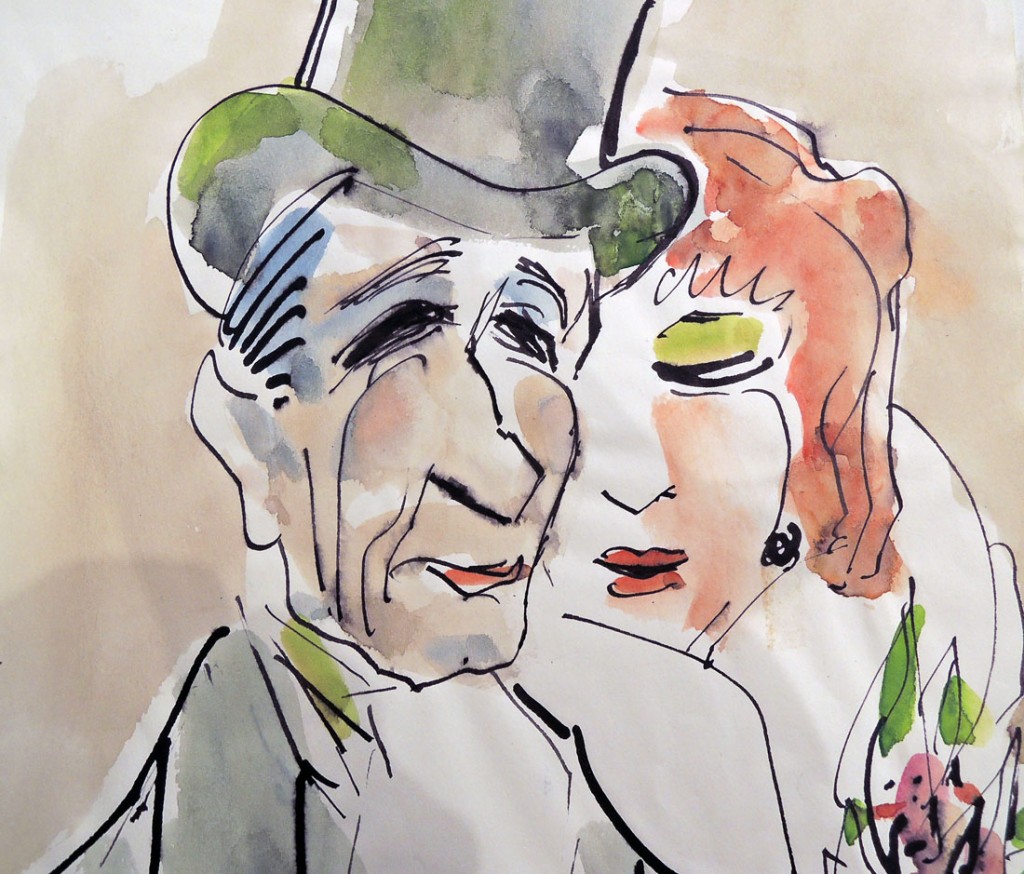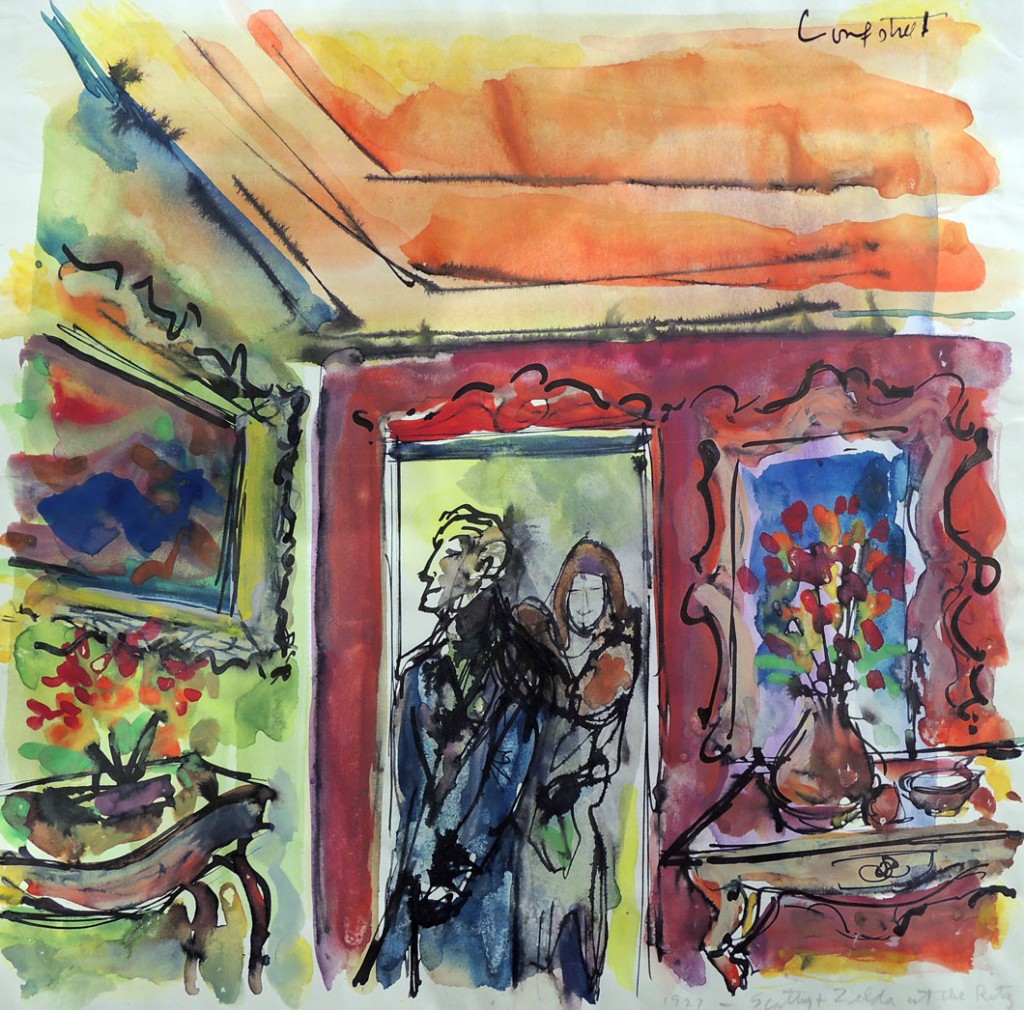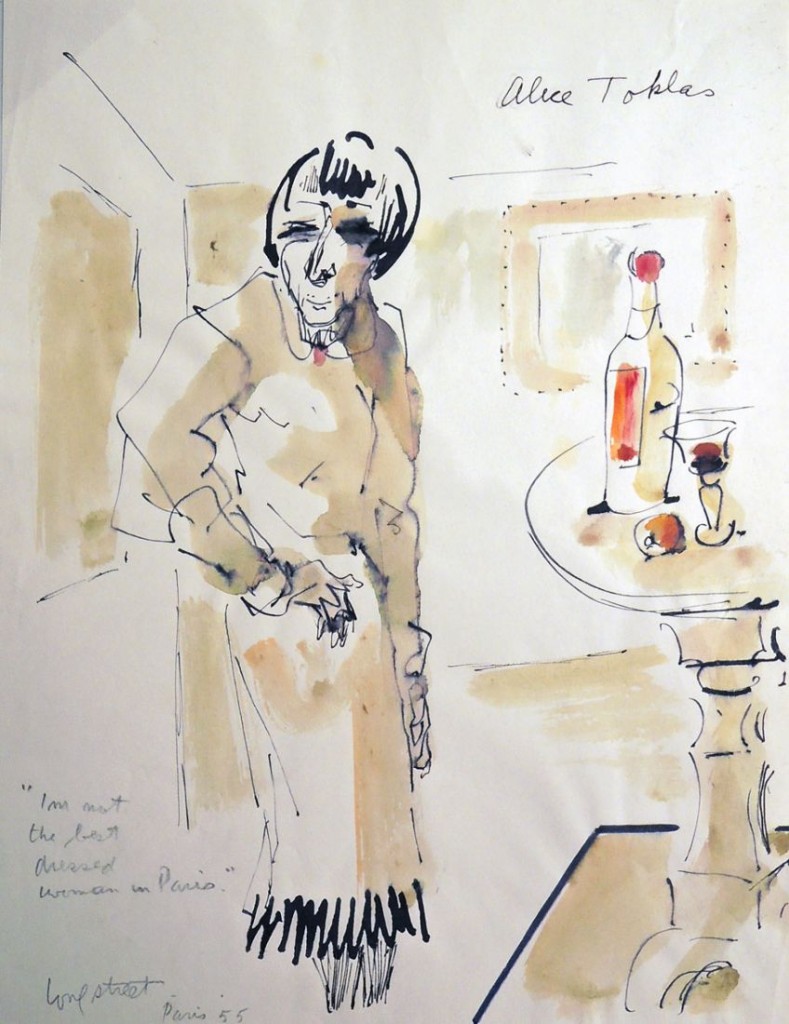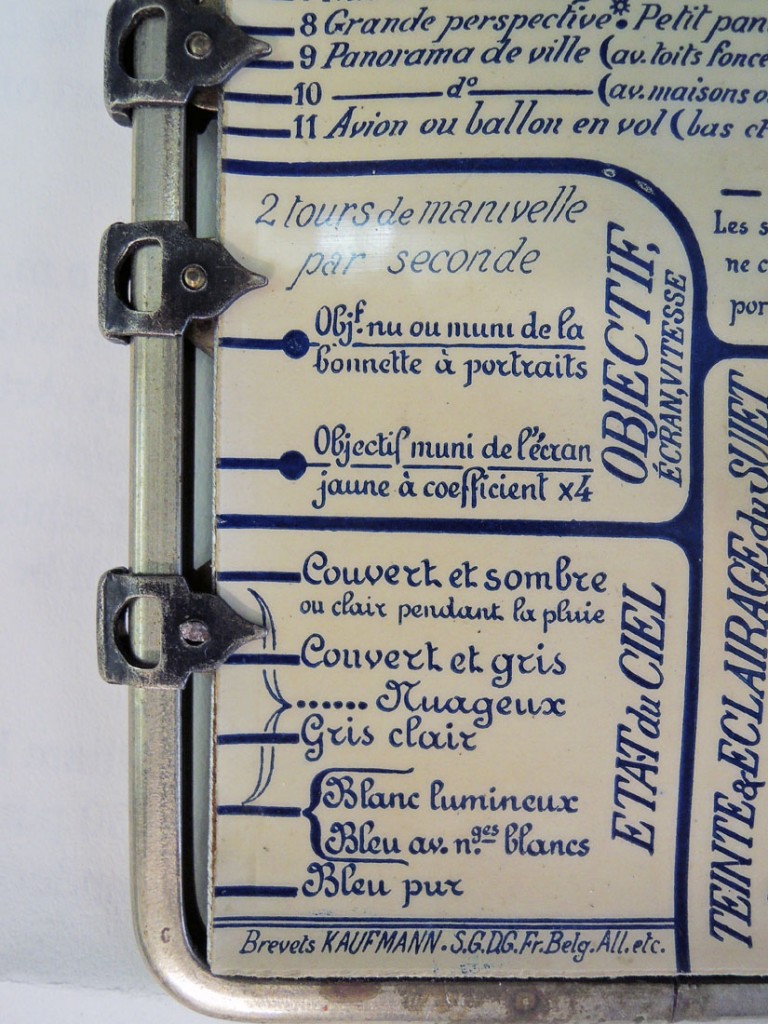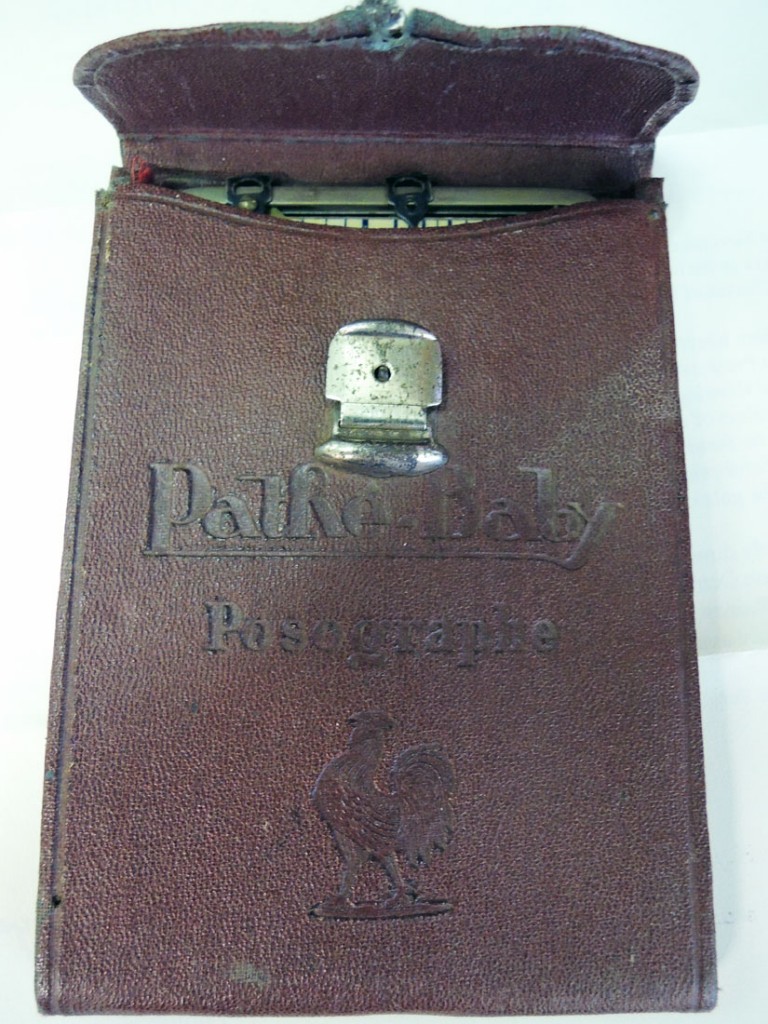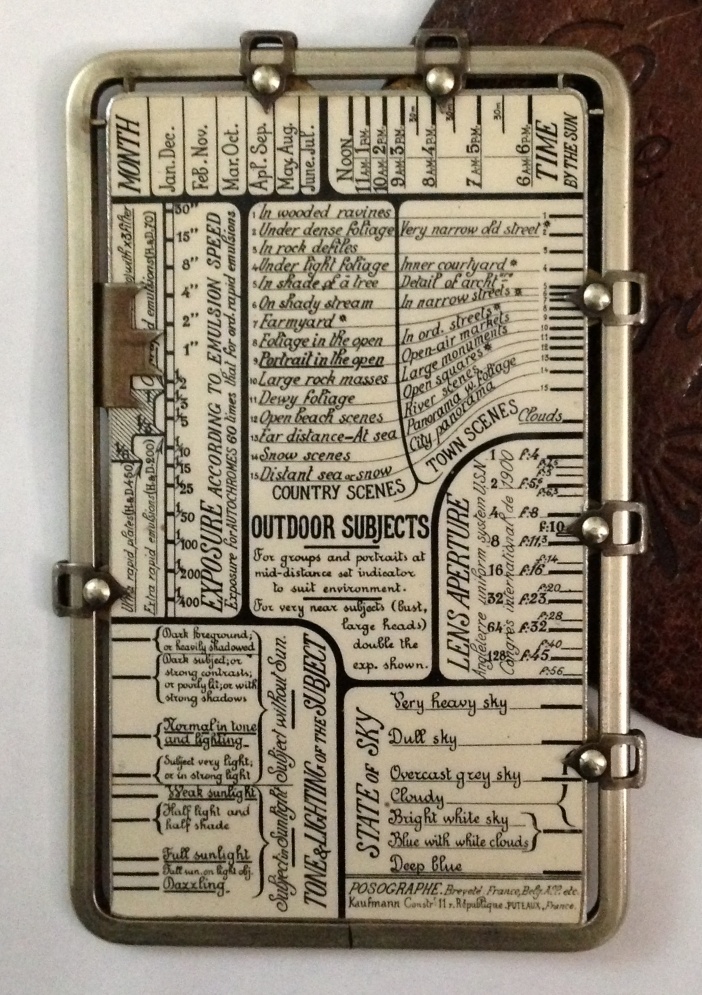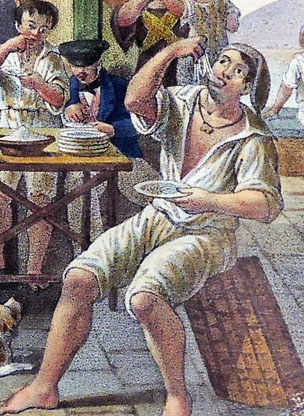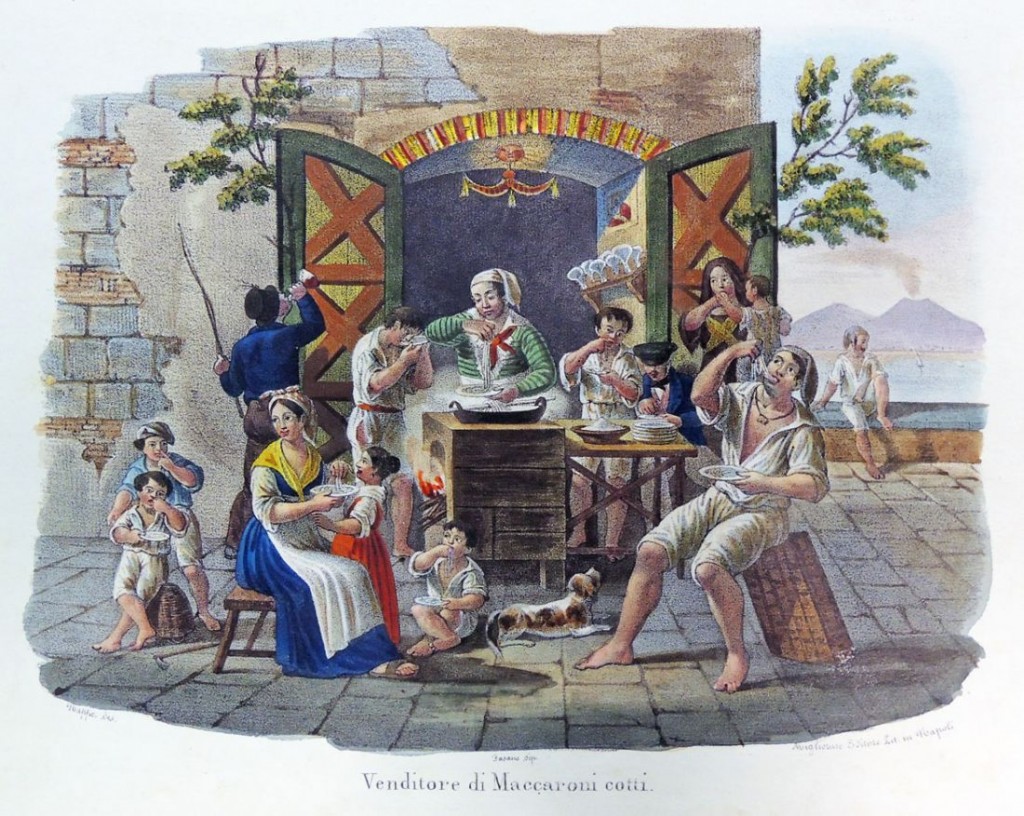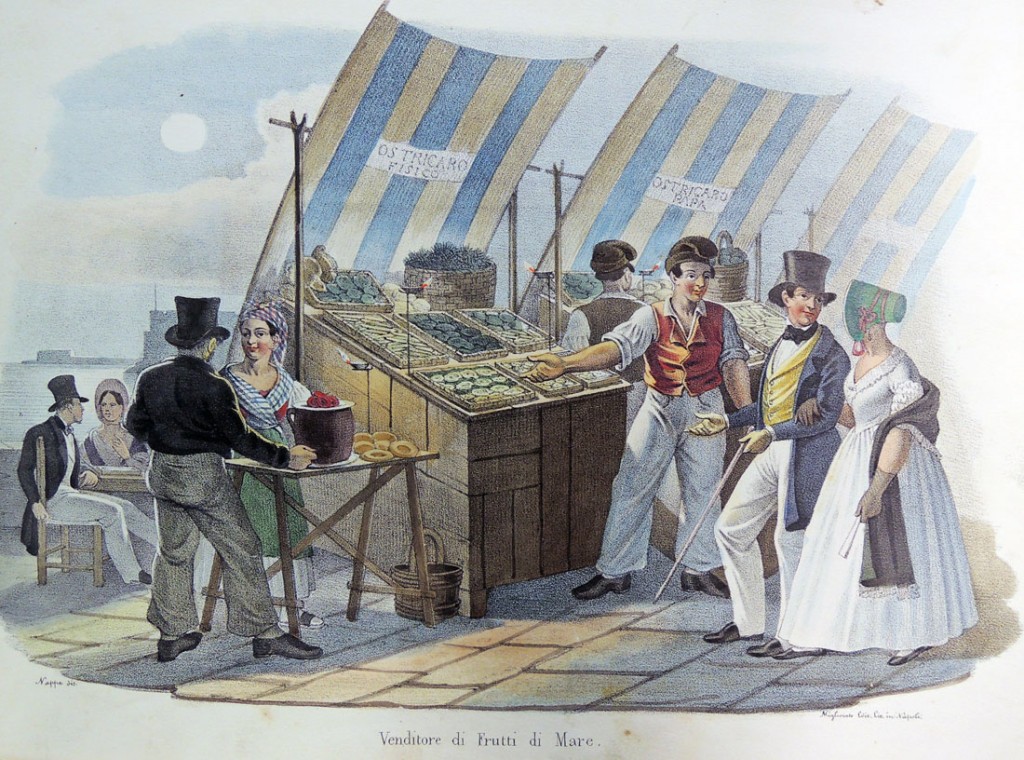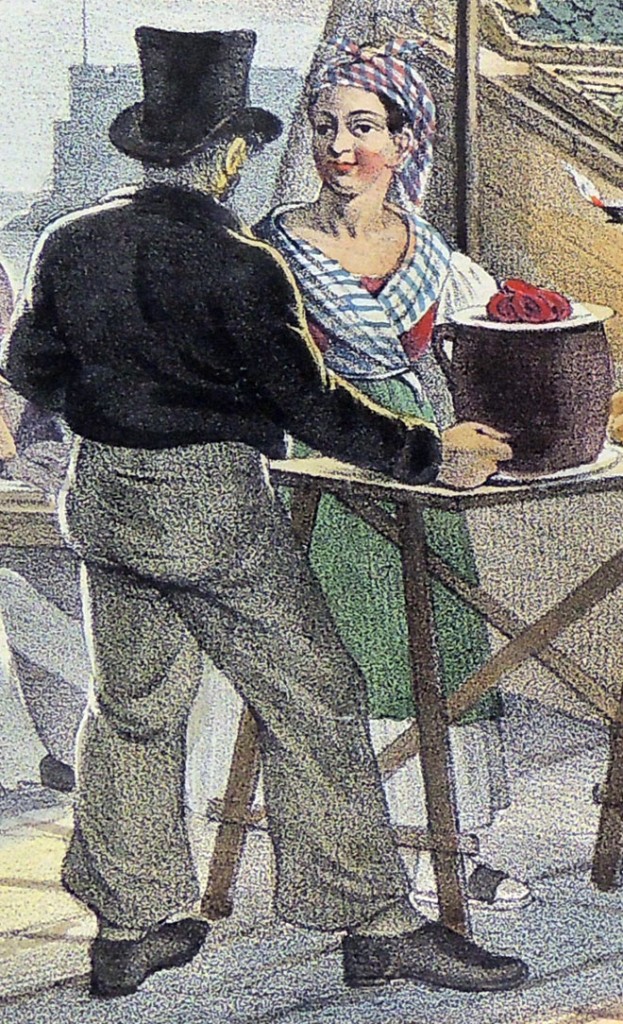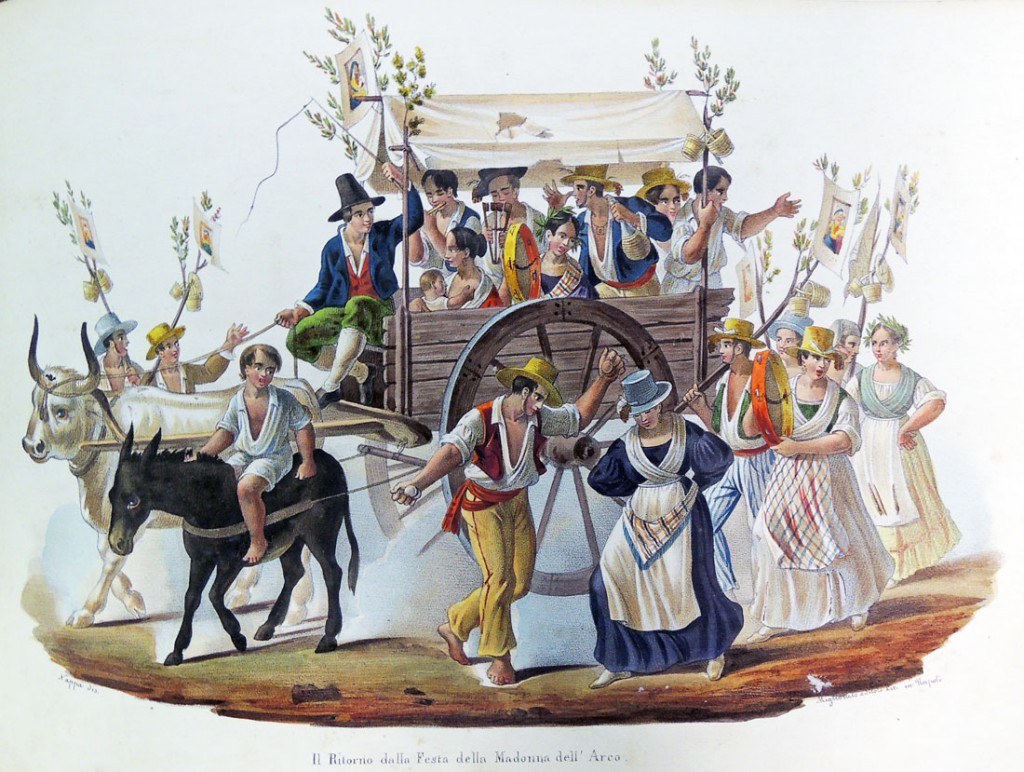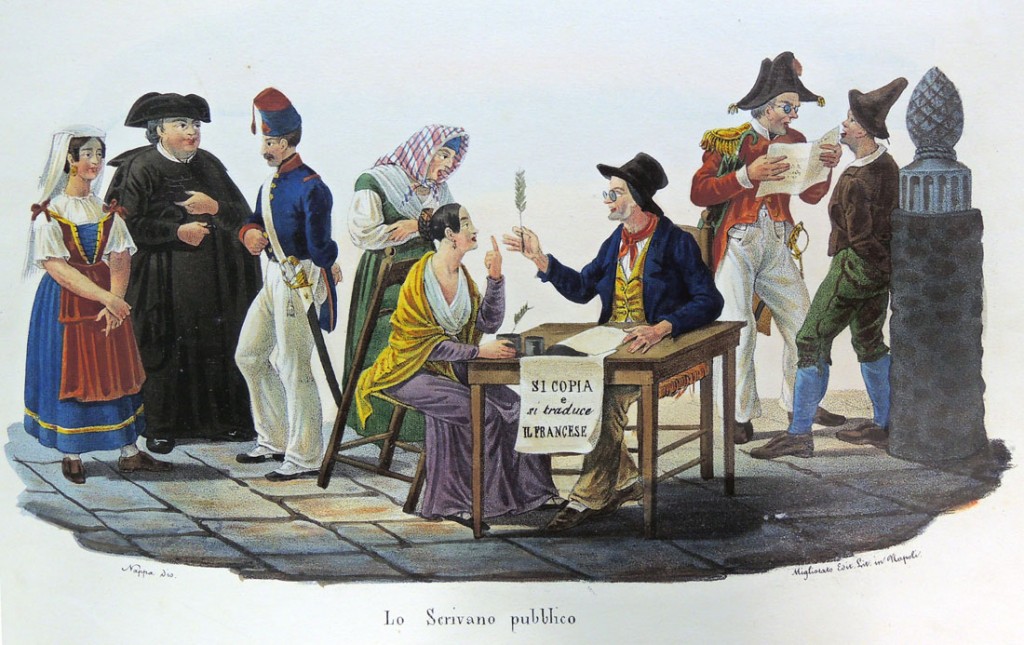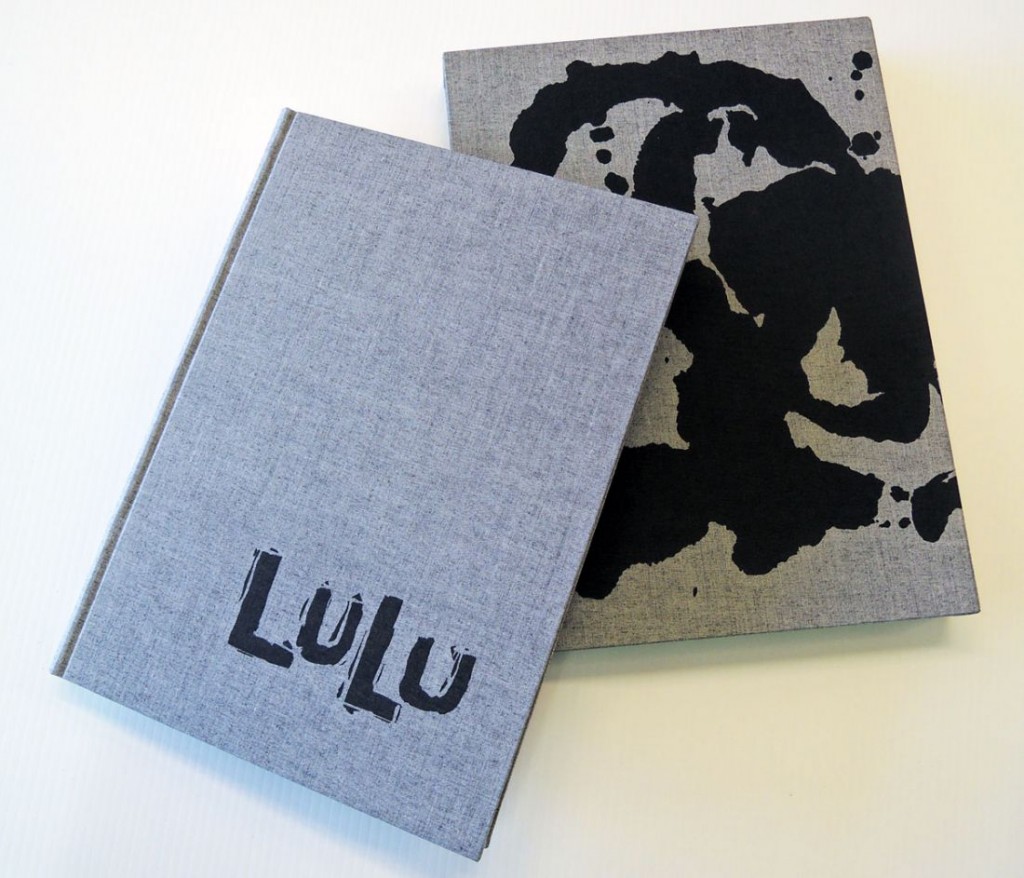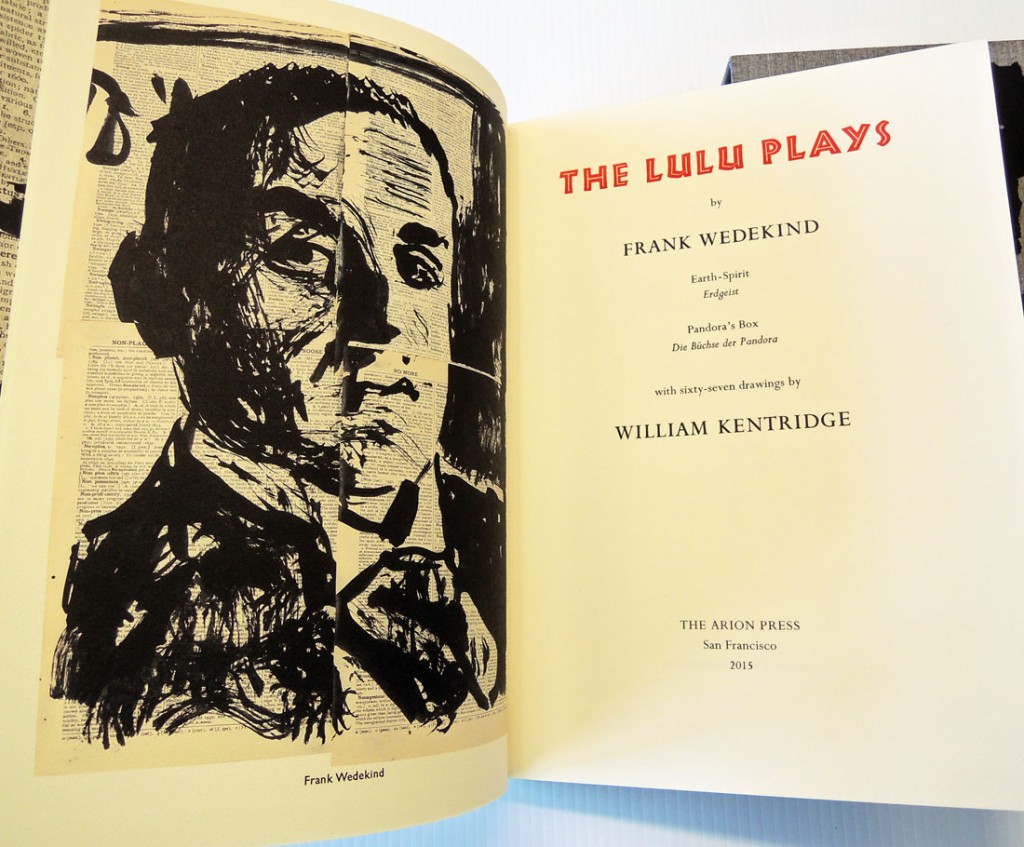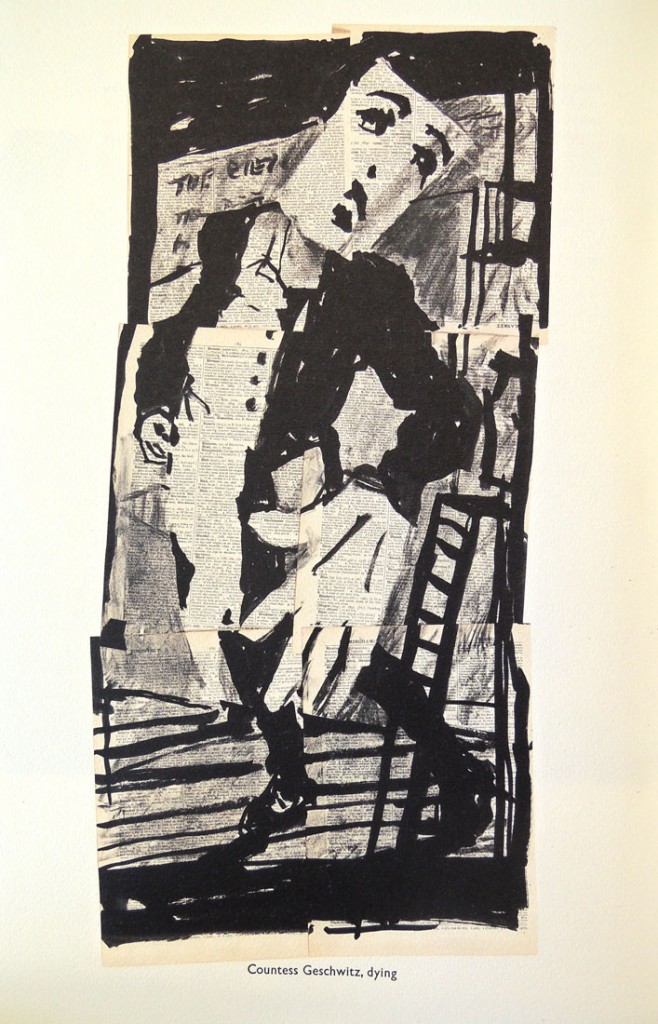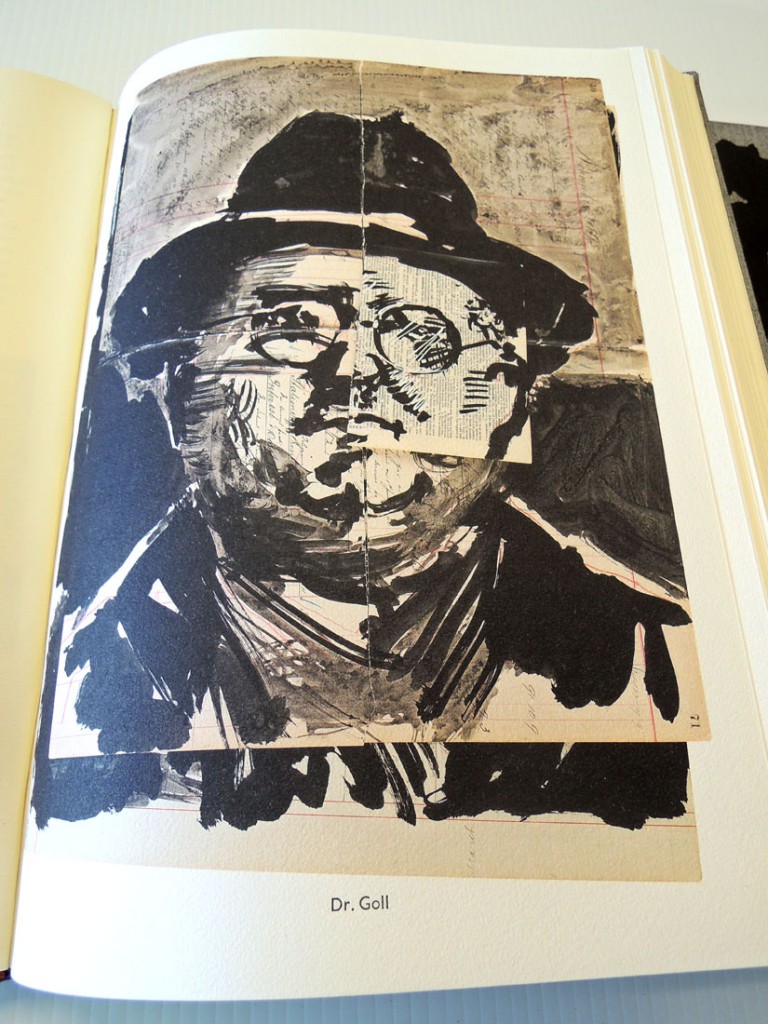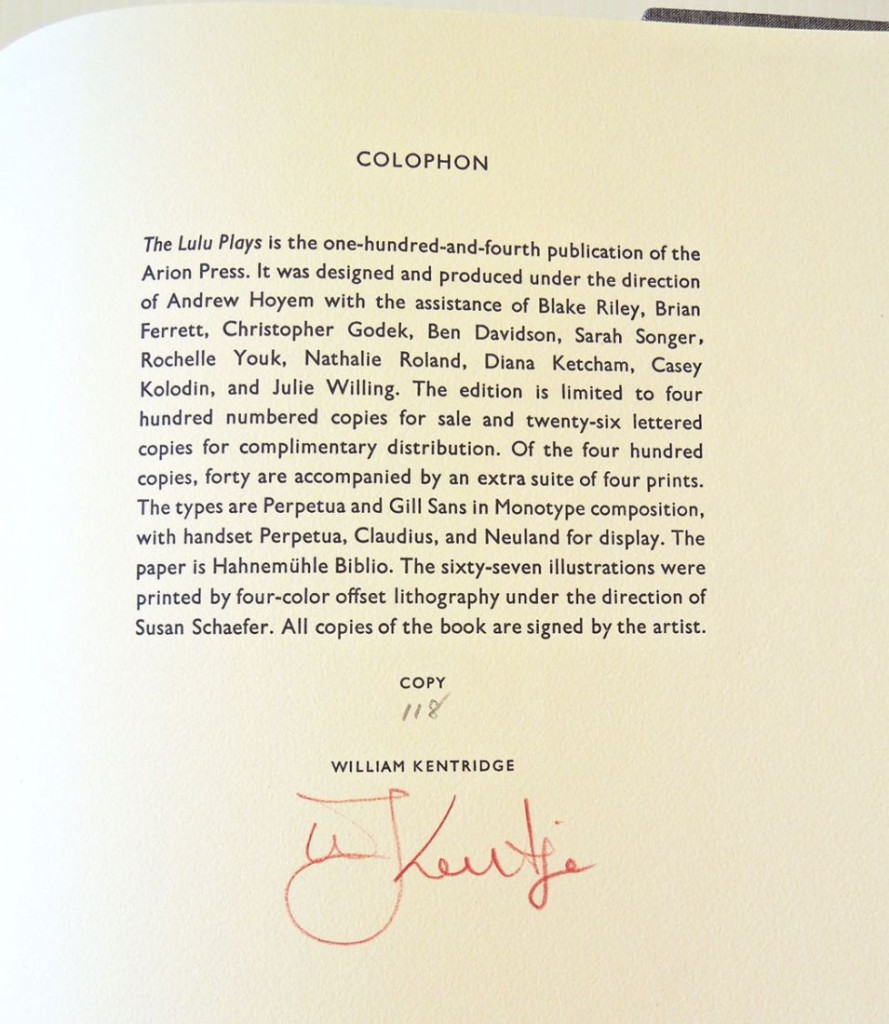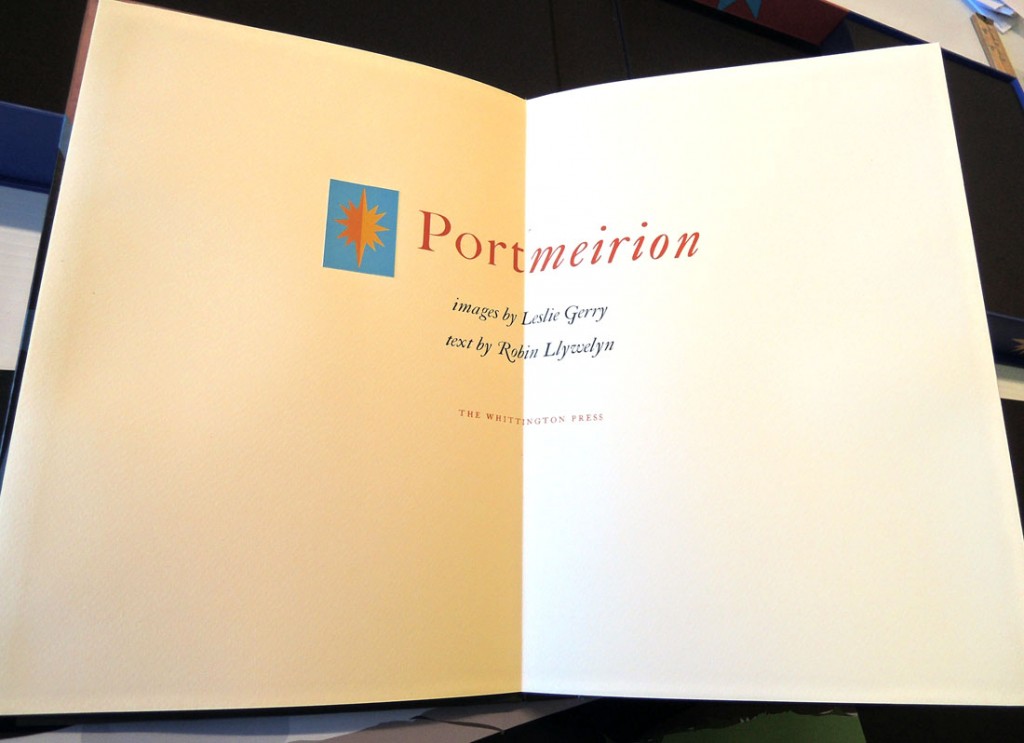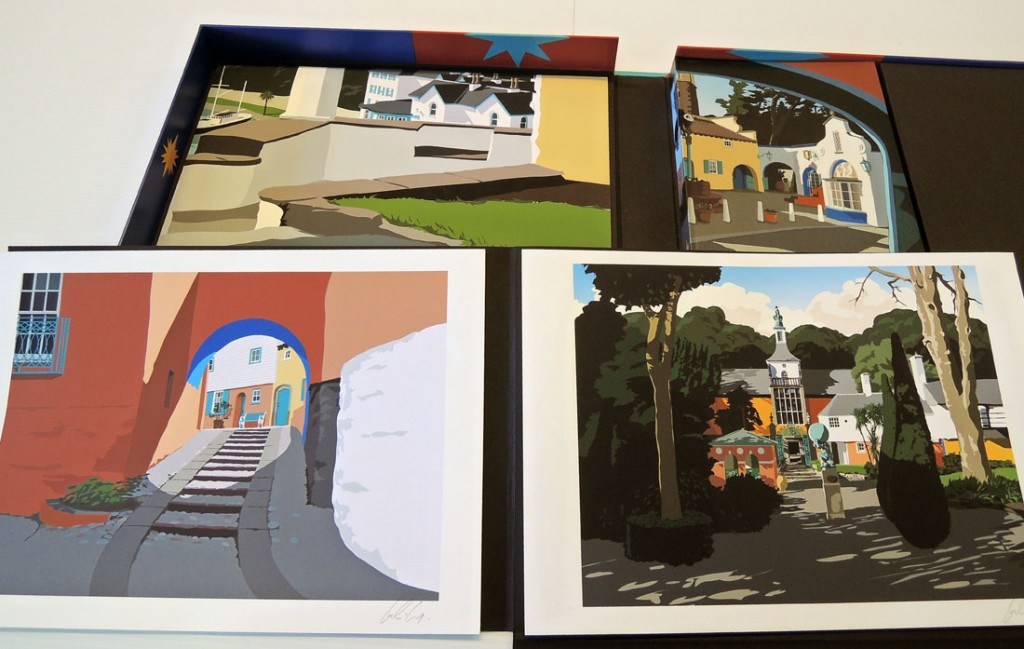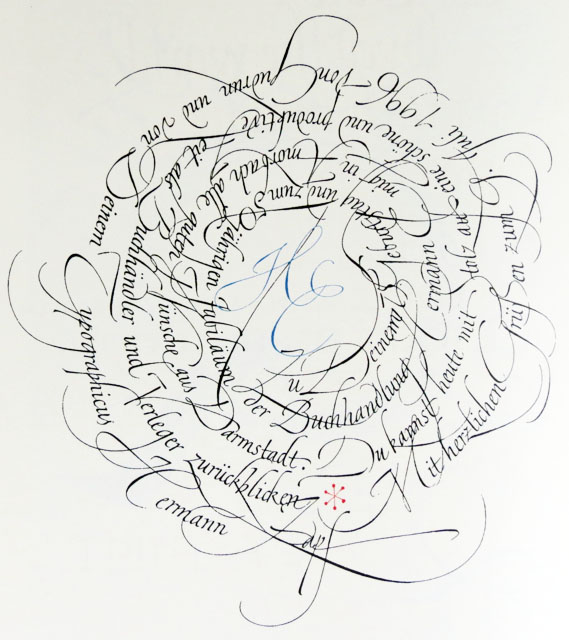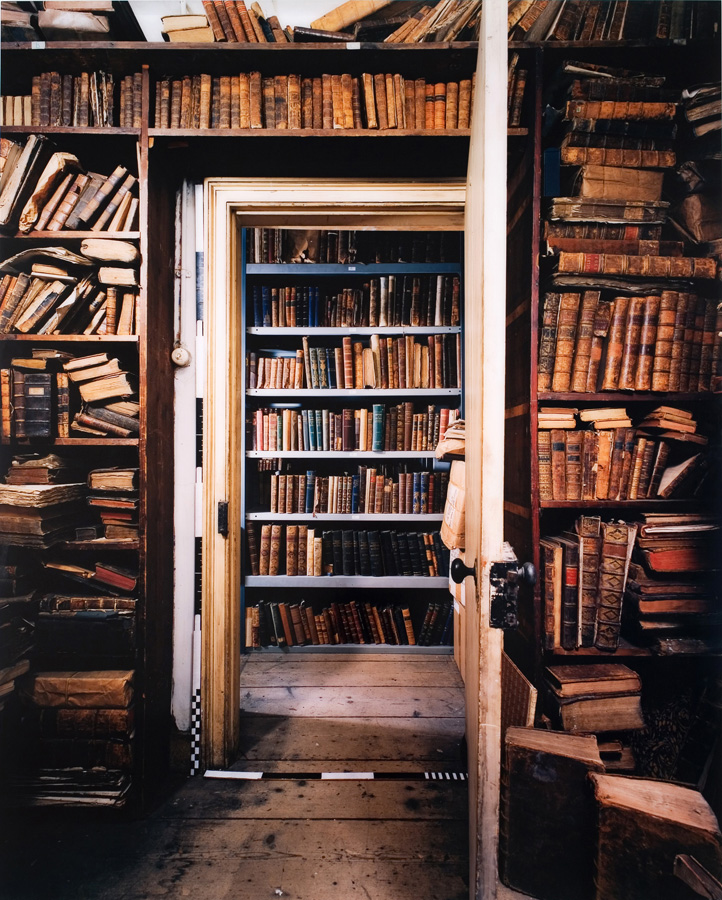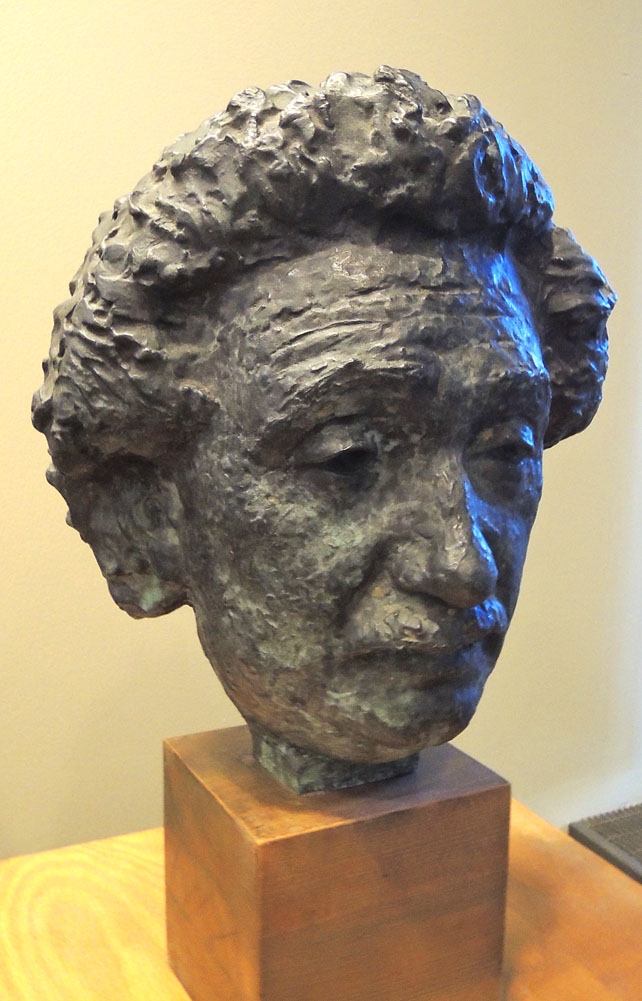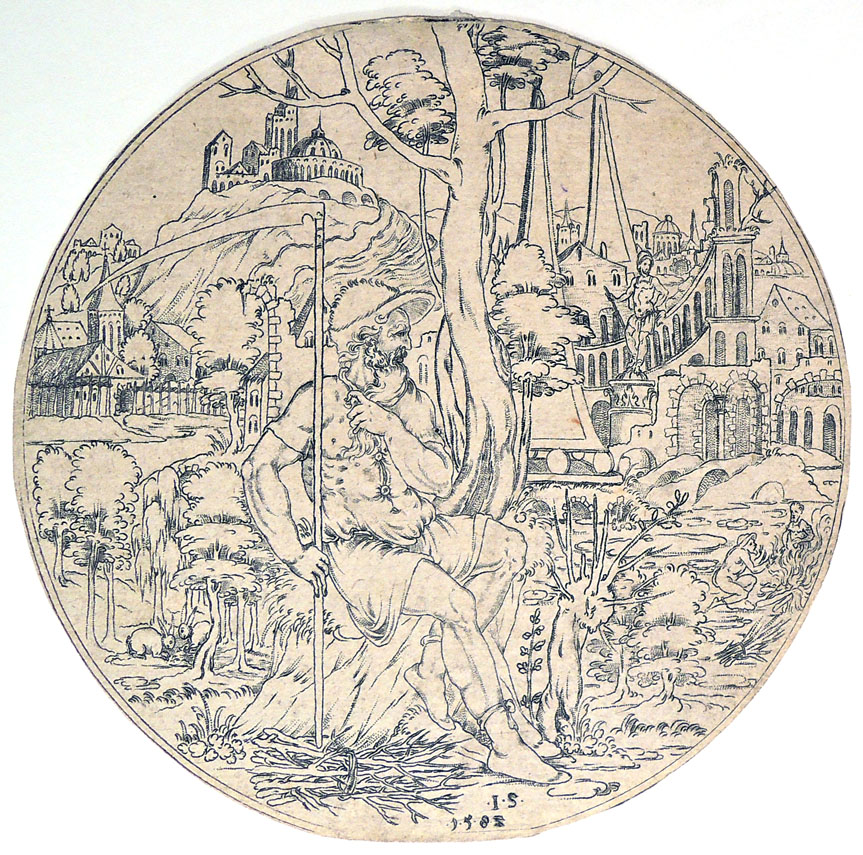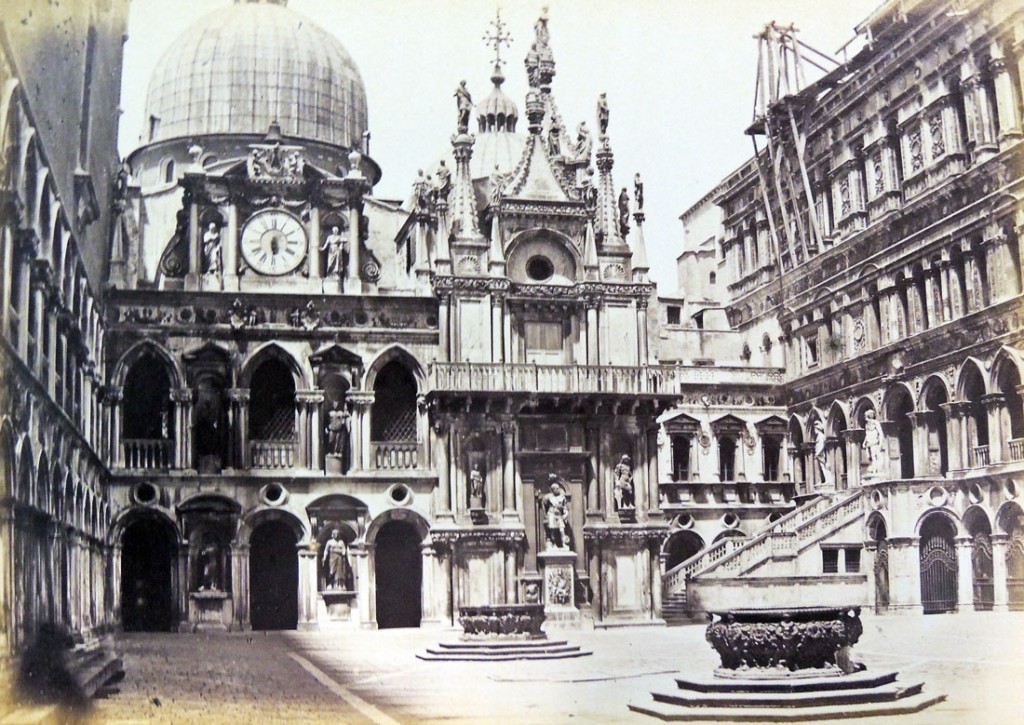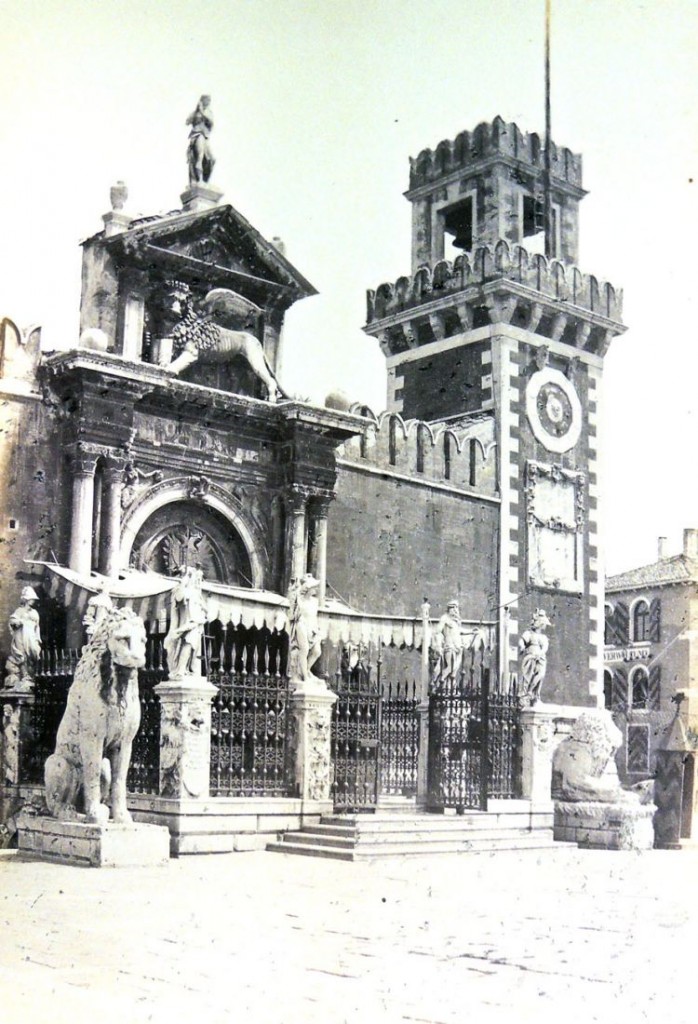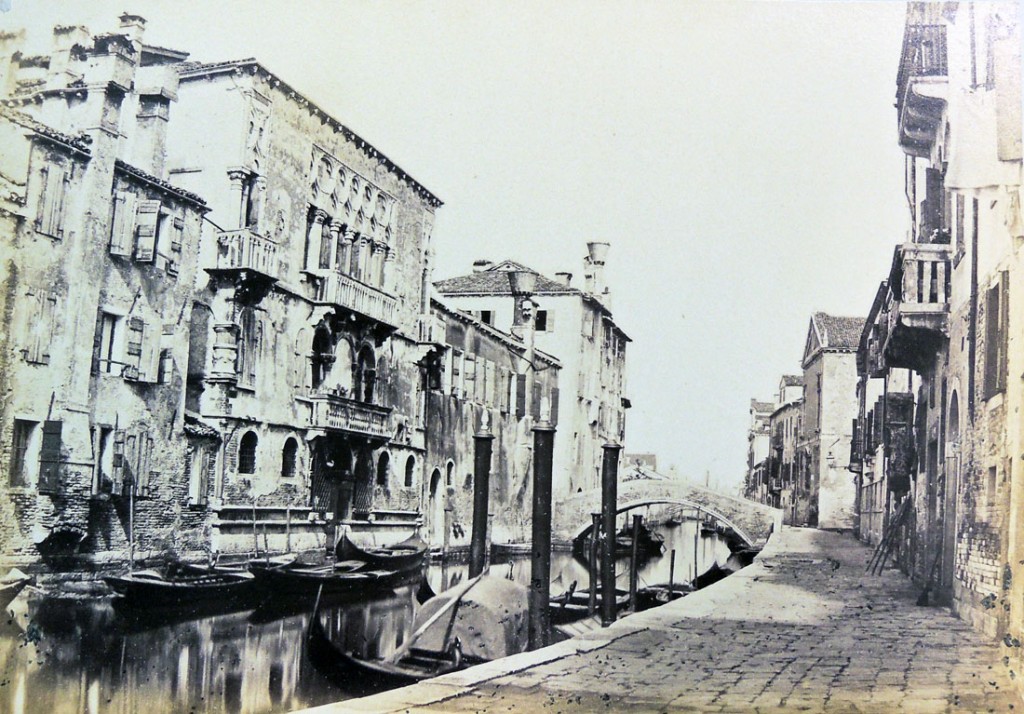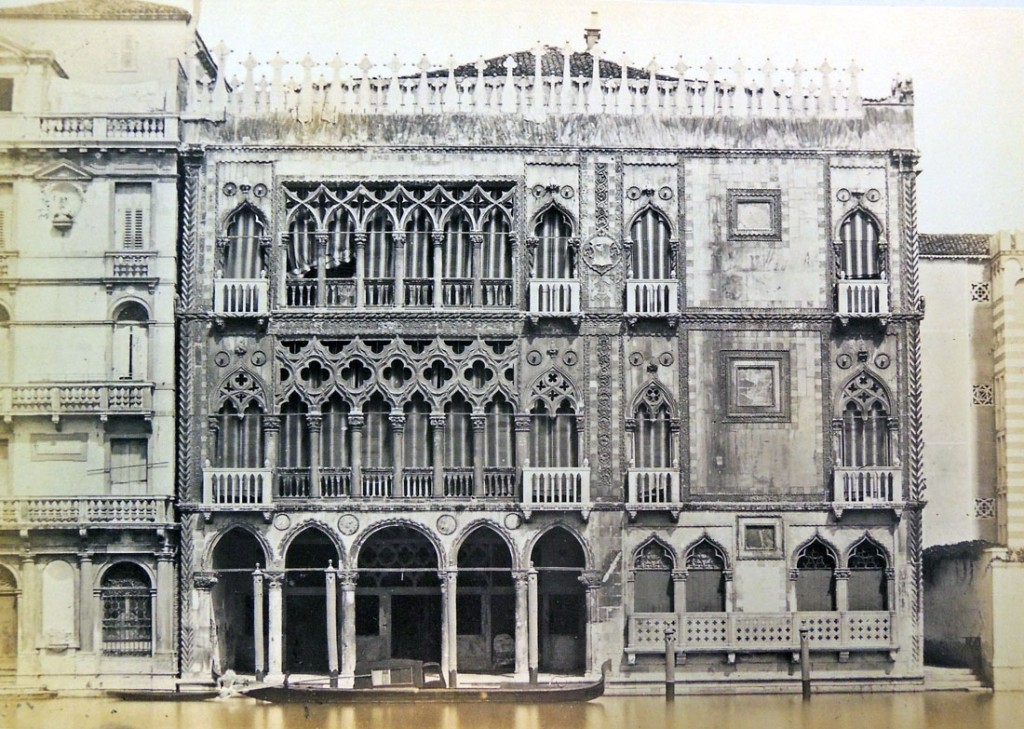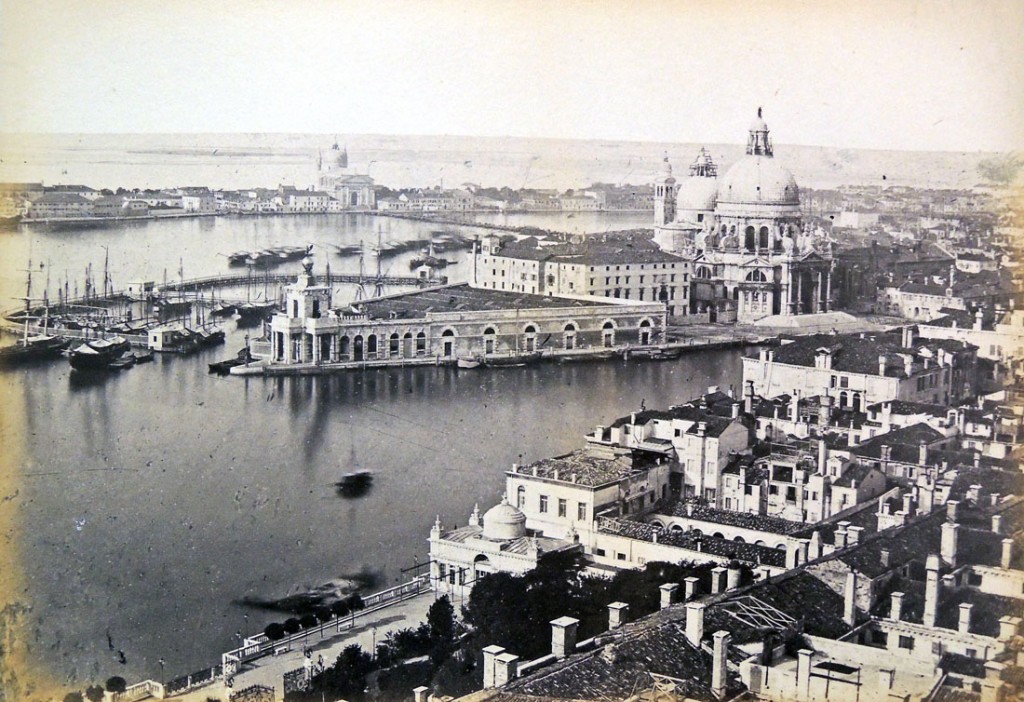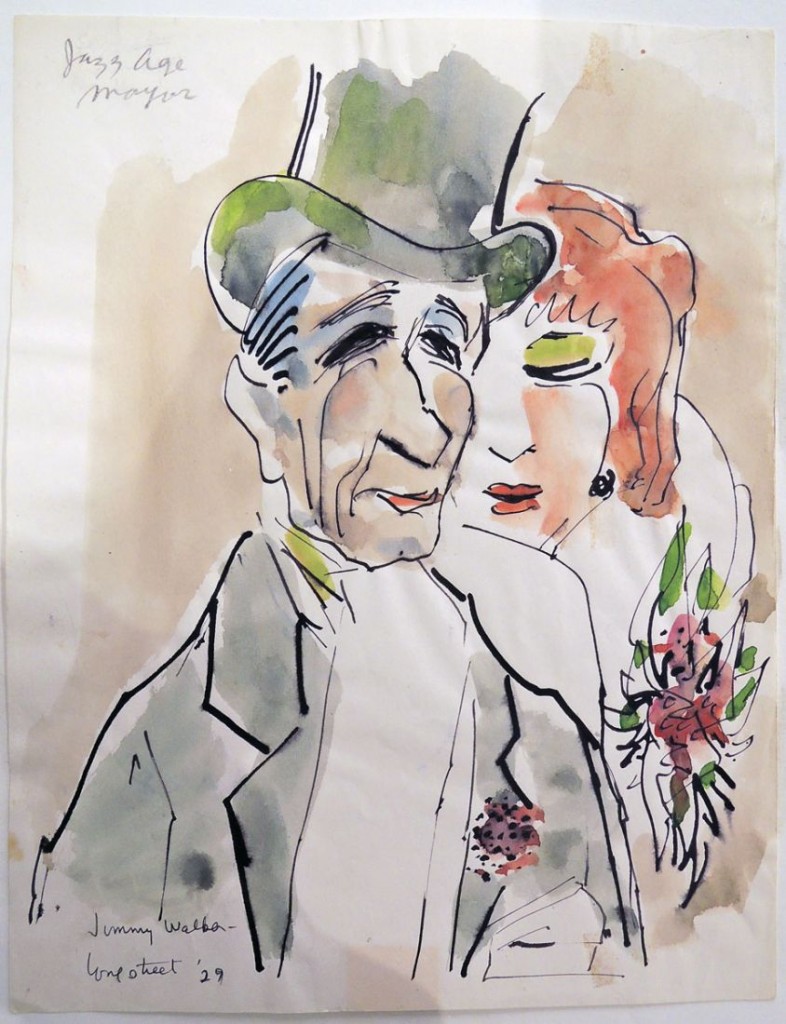
Stephen Longstreet (1907-2002), Jazz Age mayor – Jimmy Walker, 1929. Pen and wash with watercolor. Anonymous gift. Graphic Arts Collection GC088
“Stephen Longstreet was born in New York City on April 18, 1907, and raised in New Brunswick, NJ. His birth name was Chauncey Weiner, a surname shortened from the family name Weiner-Longstrasse; as a youth he changed his first name to Henry and in the early 1940s became known as Stephen Longstreet. He began his career as a graphic artist in New York by publishing cartoons and vignettes in periodicals such as the New Yorker, Vanity Fair, Saturday Evening Post, and Colliers, then went on to write radio, television, and film scripts. Longstreet wrote, ghostwrote, compiled, and edited nearly 140 books between 1936 and 1999, which were published under the name Stephen Longstreet, as well as his pseudonyms Thomas Burton, Paul Haggard, David Ormsbee, Henri Weiner, Stephen Weiner-Longstreet, and Philip Wiener. Many of his early drawings appeared with the signature “Henri.” . . . Longstreet wrote both novels and non-fiction works. Most of the latter were not reviewed kindly, with reviewers questioning his accuracy of content and reliability of sources.”
For his filmography: http://www.imdb.com/name/nm0519487/
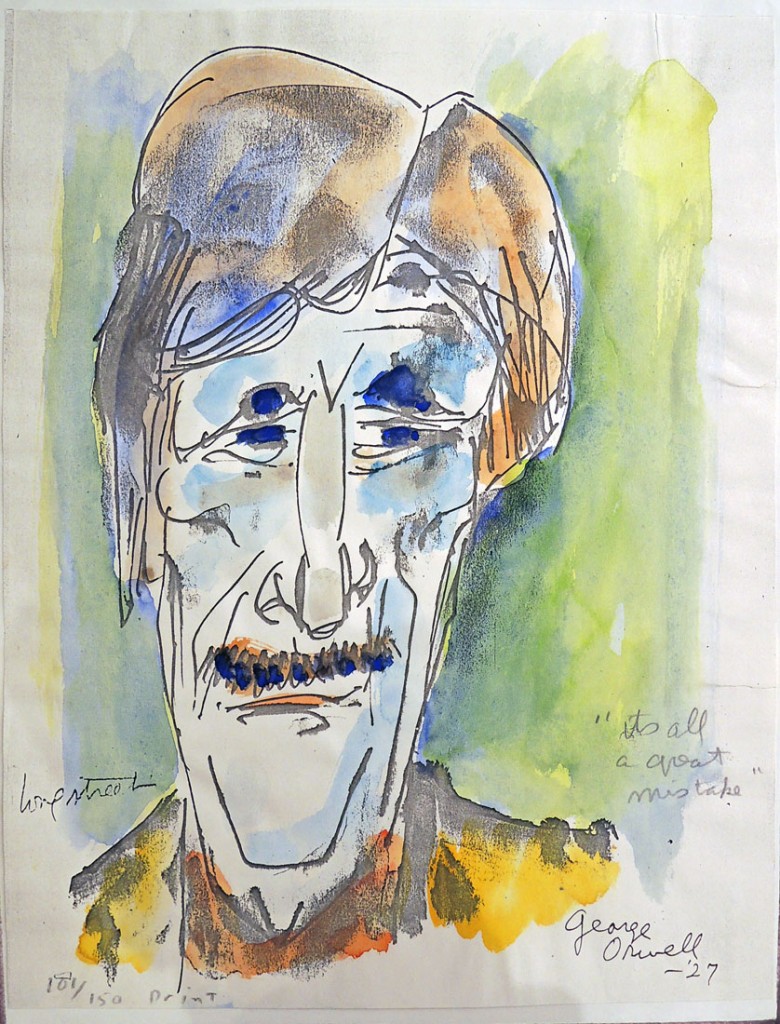
Stephen Longstreet (1907-2002), George Orwell – It’s all a great mistake, 1927. Collotype ?81/150. Anonymous gift. Graphic Arts Collection GC088

Stephen Longstreet (1907-2002), John O’Hara at Linebrook. We first got together in the 1920s when we both worked at the New Yorker, 1964. Pen and wash with watercolor. Anonymous gift. Graphic Arts Collection GC088
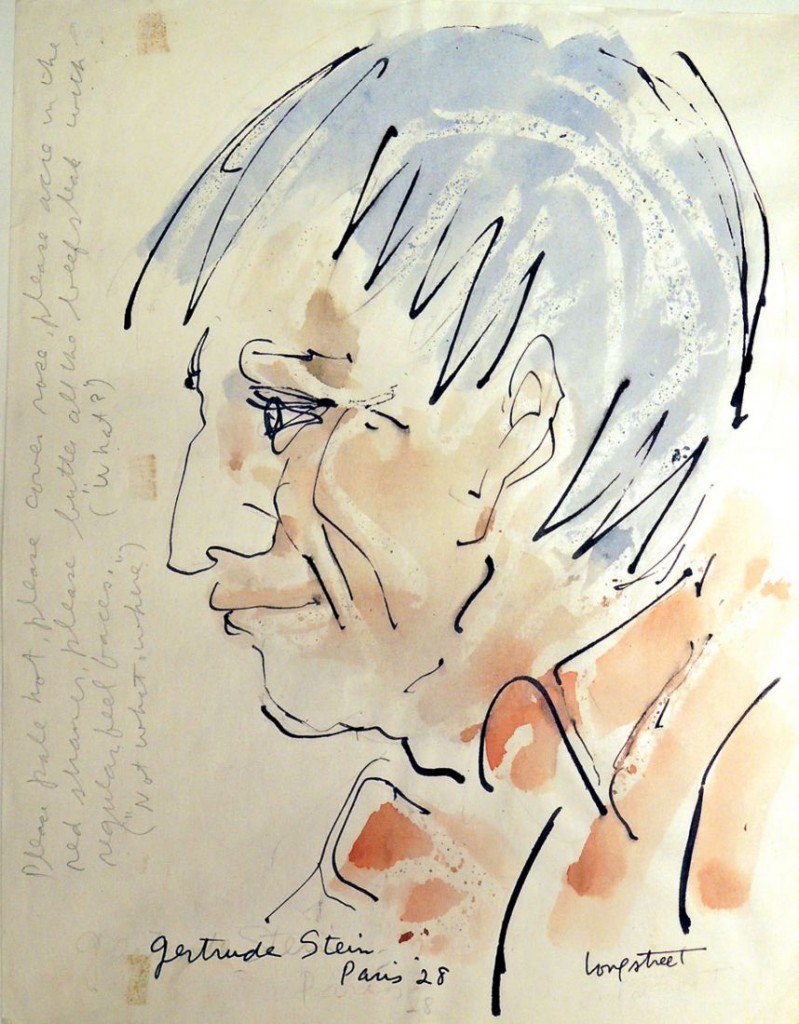
Stephen Longstreet (1907-2002) Gertrude Stein – Paris, 1928. Pen and wash with watercolor. Anonymous gift. Graphic Arts Collection GC088
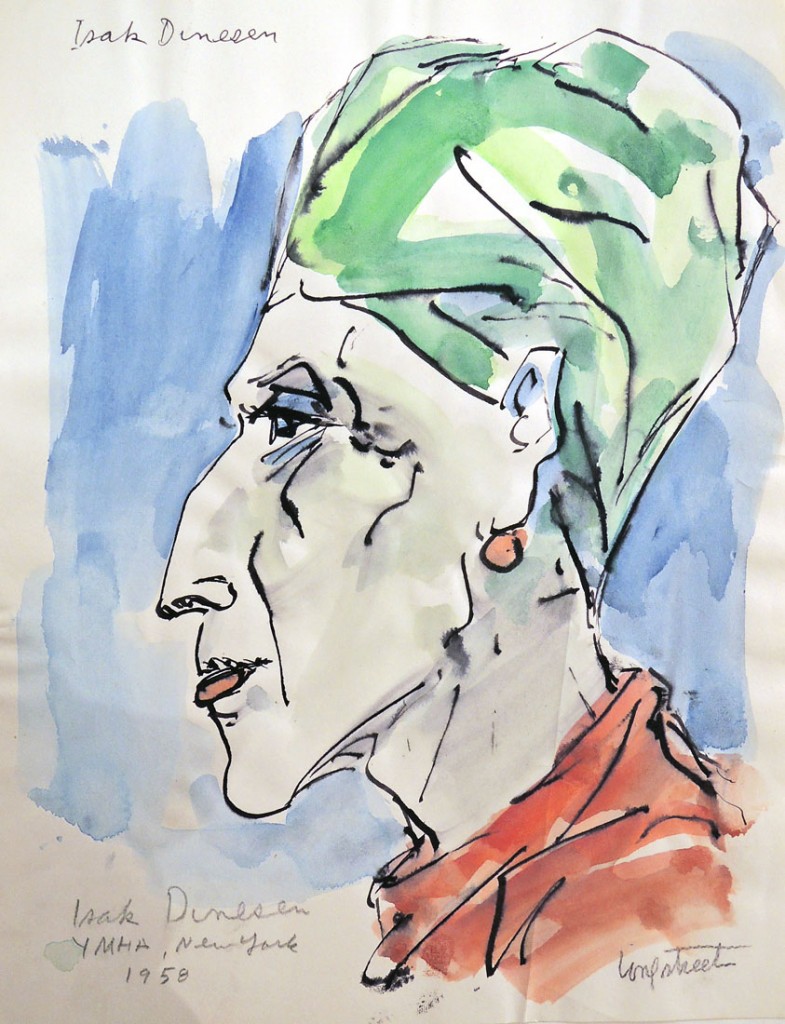
Stephen Longstreet (1907-2002) Isak Dinesen YMHA – New York, 1958. Pen and wash with watercolor. Anonymous gift. Graphic Arts Collection GC088

